| Thanks to Museum Assistant extraordinaire Sasha Honigman, we have some incredible photos of our current displays. If you haven't seen the displays yet, hopefully these will inspire you to come by and see them for yourself. If you've seen the displays already, these photos are a more intimate view on some of our artifacts on display with their individually unique histories and stories. Enjoy! |
|
Rounding out our last week of features on our newest Redwood National and State Parks Exhibit, we're featuring a few close encounters of the artifact kind. We've also decided to include a few photos from the construction of the exhibit and related community-based art project, also taken by Sasha:
0 Comments
This is the second to last week of our Artifact Spotlight's special focus on stories related to Redwood National and State Parks in celebration of our new exhibit: The Redwoods Provide(d) . One thing about National and State Parks that many people forget is that the areas preserved oftentimes contain important and interesting historical, cultural sites. In Redwood National and State Parks, there are two particularly interesting sites associated with World War II that are also represented in the Clarke collections: an enemy aircraft lookout post and the largest WWII memorial in the United States.
It was a small, early radar station, which is why the site is now protected as a historically important site. The buildings were built in response to three Japanese shelling attacks on the Pacific Coast as a system to detect possible attacks along the coastline from Mexico to Canada. It was the northernmost station built in 1942-1943. Staffed by Army Air Corps troops who were living in Klamath, the small station had three buildings: a power house, an outhouse, and an operations center. Two of these buildings were disguised as farm buildings: one a house and the other a barn to deter detection by the Japanese. There were several small farms and ranches along the coastline at the time, so the presence of another ranch wasn’t suspicious. 35 men ran the station, working in 24-hour shifts. The station was also guarded by military police, three 50 caliber anti-aircraft machine guns in 12-foot diameter pits. Over time, there was less of a need to protect the area from the Japanese, so the site because a support site for emergency rescue operations. It operated until the end of WWII and was one of the 22 radar stations that operated to the end of the war. The land passed into private hands for a time before being incorporated into the National Park in 1968. The buildings still stand today and can be visited by the public.
Information for this post came from the following sources:
Largest WWII Memorial in U.S. Rediscovered in the Redwoods- Save the Redwoods League Radar Station B-71: Redwood National Park Nation's Largest Memorial To WW2 Vets Rededicated At Redwood National And State Parks Historic California Posts, Stations and Airfields, Klamath River Radar Site B-71 (Crescent City Radar Site B-71, Trinidad Radar Site B-71) This post is part of our ongoing series of posts about our newest exhibit, The Redwoods Provided: Stories from Redwood National and State Parks. This week, we'll be checking out some of the incredible items that are on loan to the museum for our exhibit. The Redwoods Provided is the second main hall exhibit that I've put together since I started working at the Museum last September. One thing I've learned from both the Fraternal Orders exhibit and this new Redwood National and State Park one is that it takes a community to build a truly strong and vibrant exhibit. Through this most recent exhibit, I've had the chance to work with many local groups to borrow items for our display. I'd like to share some of those items and a bit of information about the organizations that made this exhibit- and the stories in the exhibit- come to life. Old Growth Redwood Chainsaw |
| | This incredible chainsaw, with a 6 foot bar, was used to cut old growth redwoods in the forests of Humboldt County. It is on loan to the museum during our exhibit from Timber Heritage Association, an organization that is building a world-class collection of logging tools, machinery, and more in Samoa. They're locally known for their Speeder Car rides that run all around the county in the summertime. |
NO! Angry Logger Poster
Courtesy of Redwood National and State Parks
| When I first started scouting items to borrow for the exhibit, this poster appeared in the Redwood National and State Parks Archives. With it's scowling face and furrowed eyebrows with bold text, I thought it would make a great presentation piece in the exhibit. This photo is a reprint of the original. The Parks Archives loaned us many of the high-impact pieces on display, including the standing map displaying the expansion of the Park, the Clean Logged and Seeded sign in the pro-logging propaganda case, the vibrant photos taken by Don Anthrop throughout the exhibit, and the burls on display in the center of the exhibit. |
Lucille Vinyard Case
Courtesy of Humboldt State University Special Collections Interns
| | This case contains a number of personal items from Lucille Vinyard, whom many call the mother of Redwood National Park. Items related to her work to establish the parks can be found at Humboldt State University or online here. This case offered interns at Humboldt State the opportunity to apply skills from their ongoing internship, sponsored by the National Parks Service, in bringing archives into the public eye. |
KEK Stereoscope
Donated by Natural Resource Management Corp
| This tool was used to map out the expansion of the Redwood National Park in the 1970s and 1980s. it uses aerial photos, mirrors, and magnifying glasses connected to a movable frame to allow the user to trace out the terrain onto a separate map. These types of tools were used to create what later became base maps for GIS and GPS, and for programs like Google Maps. | |
| This record, according to the tag included with it, was made by Mr. B. H. Shuemaker, a local from Eureka who had perfected the process of making pieces of redwood into playable records. One side has a story of the history of the redwoods while the opposite side plays Beautiful Dreamer. The record was created in the early 1940s. | |
Stop by and see the Redwood Record and more in our newest exhibit The Redwoods Provide(d): Stories from Redwood National and State Parks
Open now!
I'm a big fan of this story and it's one I'm always looking for more information on. Contact me at [email protected] if you know anything more about it!
Don't forget to stop by to see the new exhibit and like our Facebook page to see the rest of this month's Redwood National and State Parks posts!
Enough is Enough, 1977 Documentary, freely viewable here.
Andrew Lord
About
Keep up with the Clarke through our Blog!
Posts are sent out once a month with our monthly newsletter, but they post here throughout the month so check back each week for something new!
Posts created by Katie Buesch, Interim Director-Curator unless otherwise noted.
Archives
August 2022
March 2022
November 2021
October 2020
June 2020
May 2020
April 2020
March 2020
February 2020
January 2020
December 2019
August 2019
July 2019
June 2019
May 2019
April 2019
March 2019
February 2019
January 2019
December 2018
November 2018
October 2018
September 2018
August 2018
July 2018
June 2018
May 2018
April 2018
March 2018
February 2018

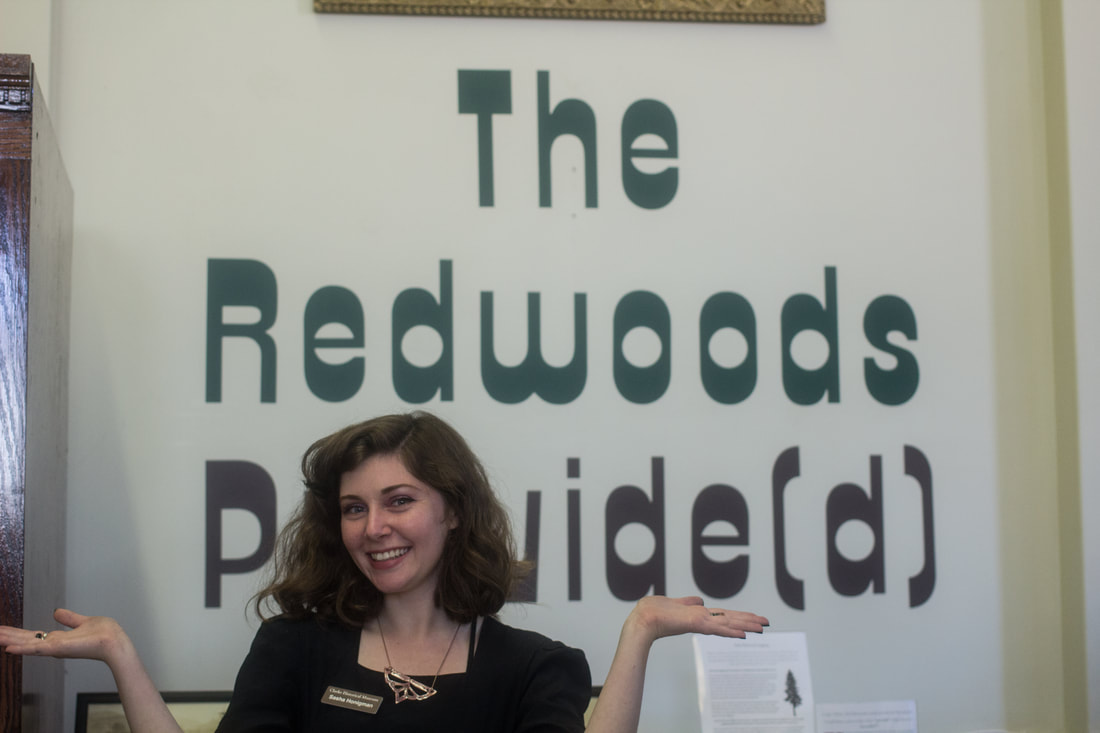
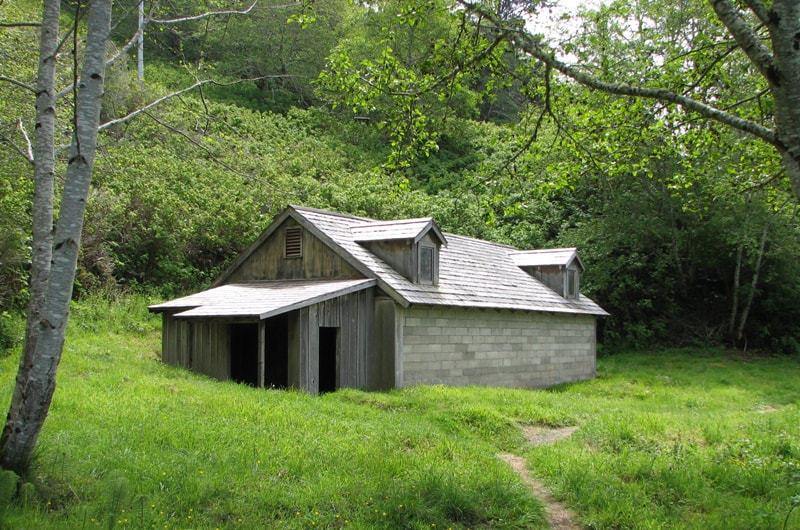
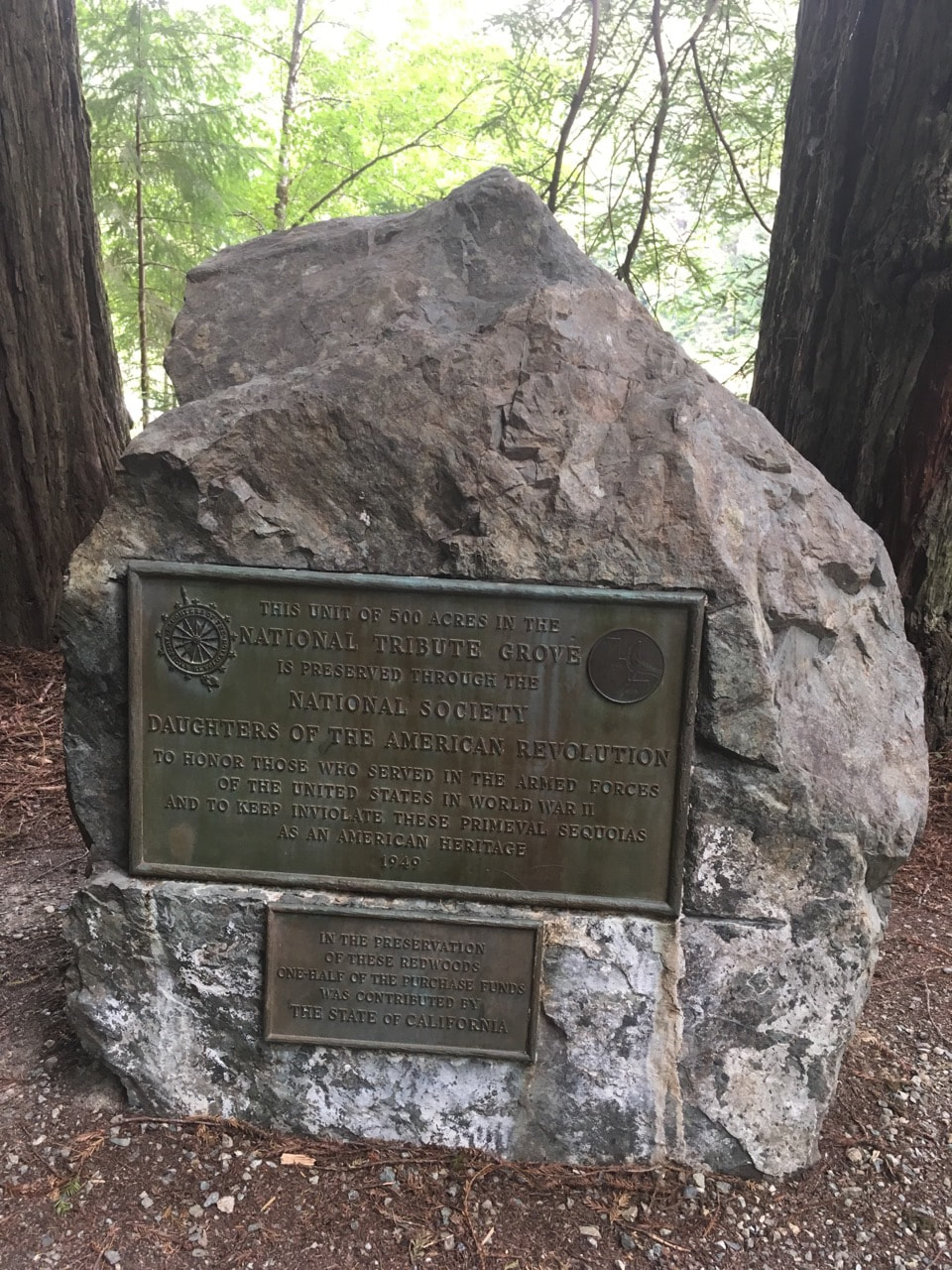
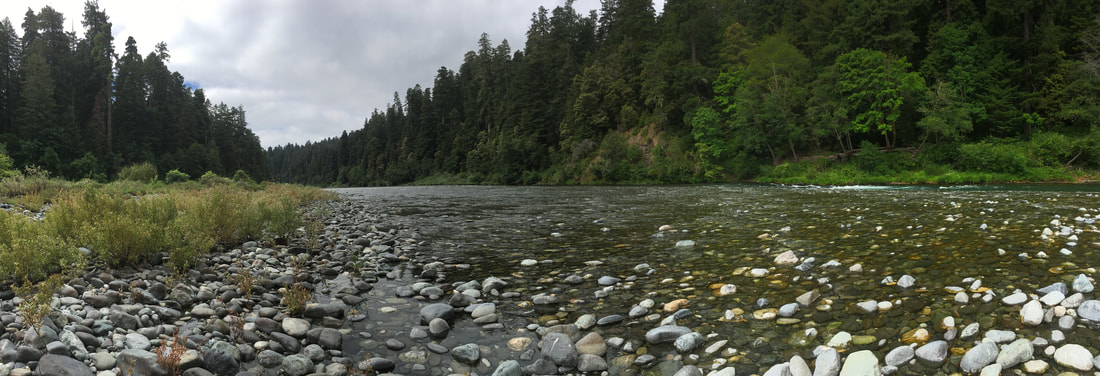
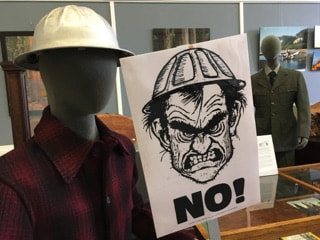
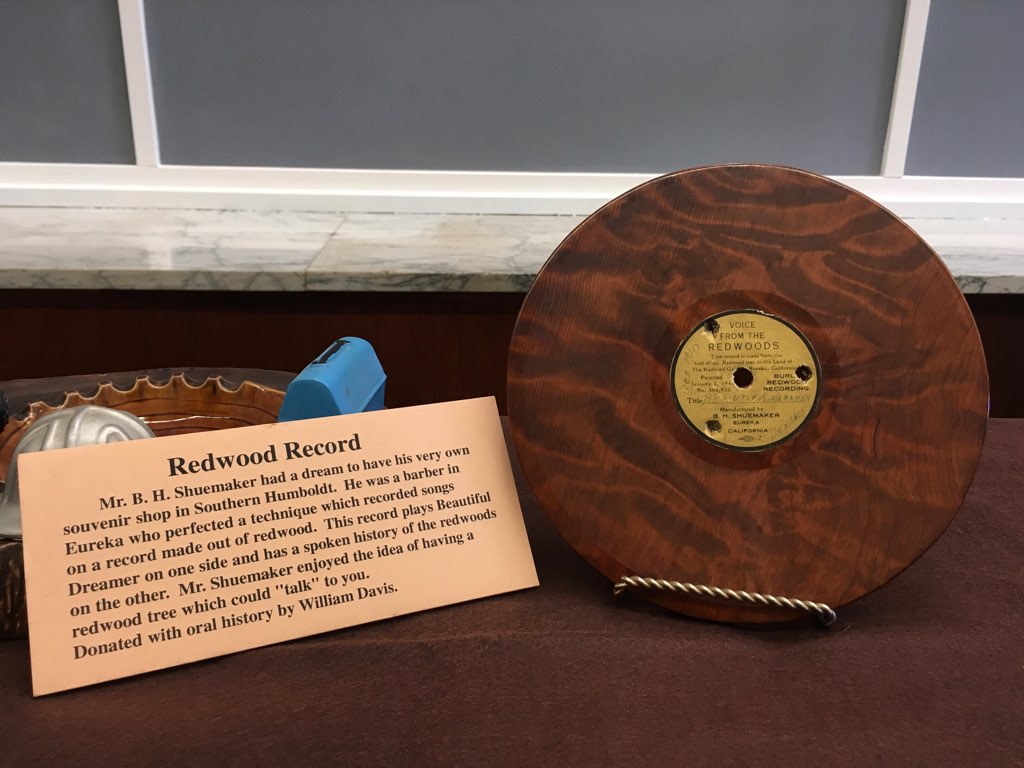
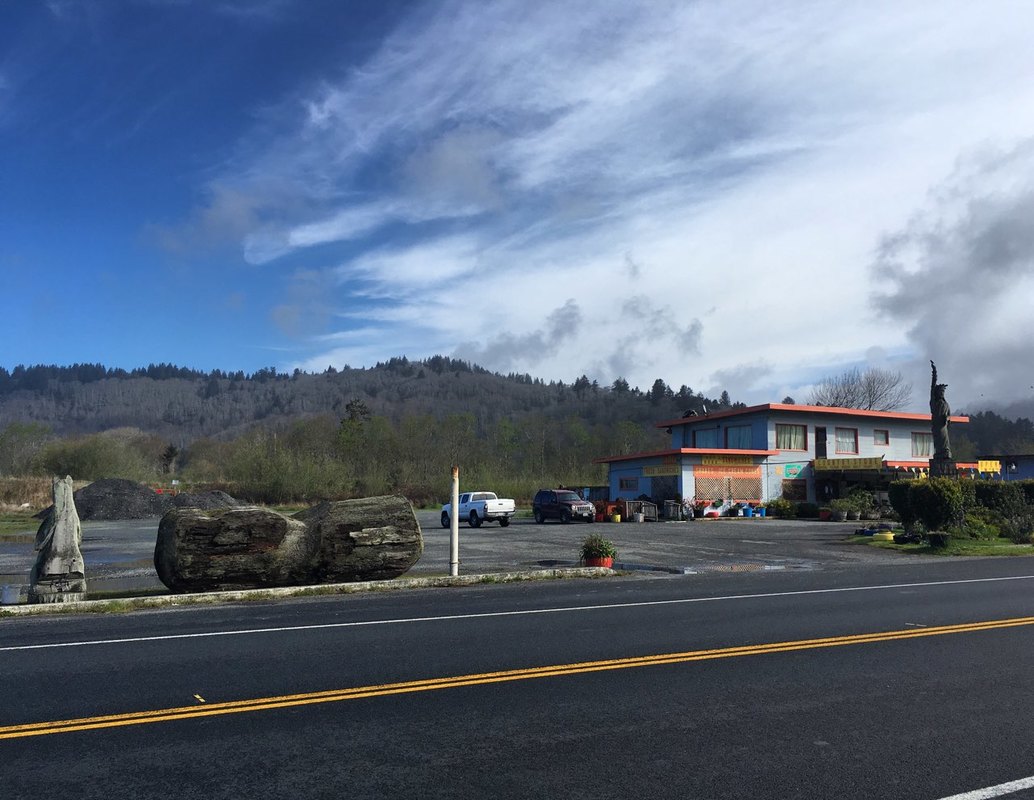
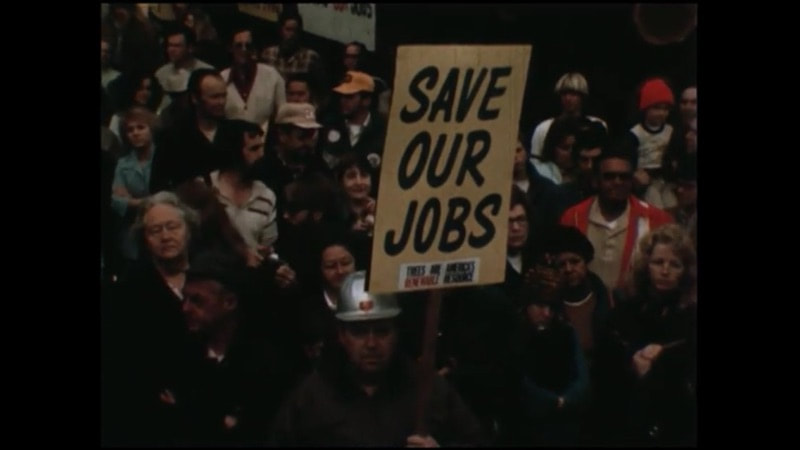
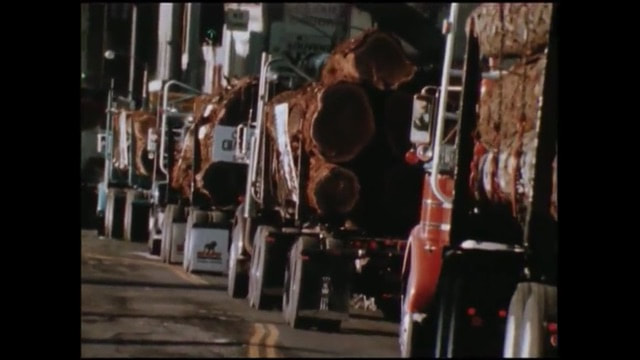
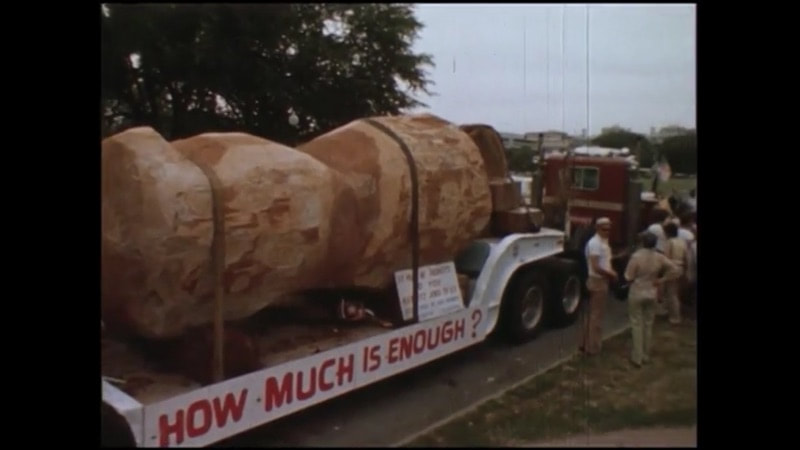
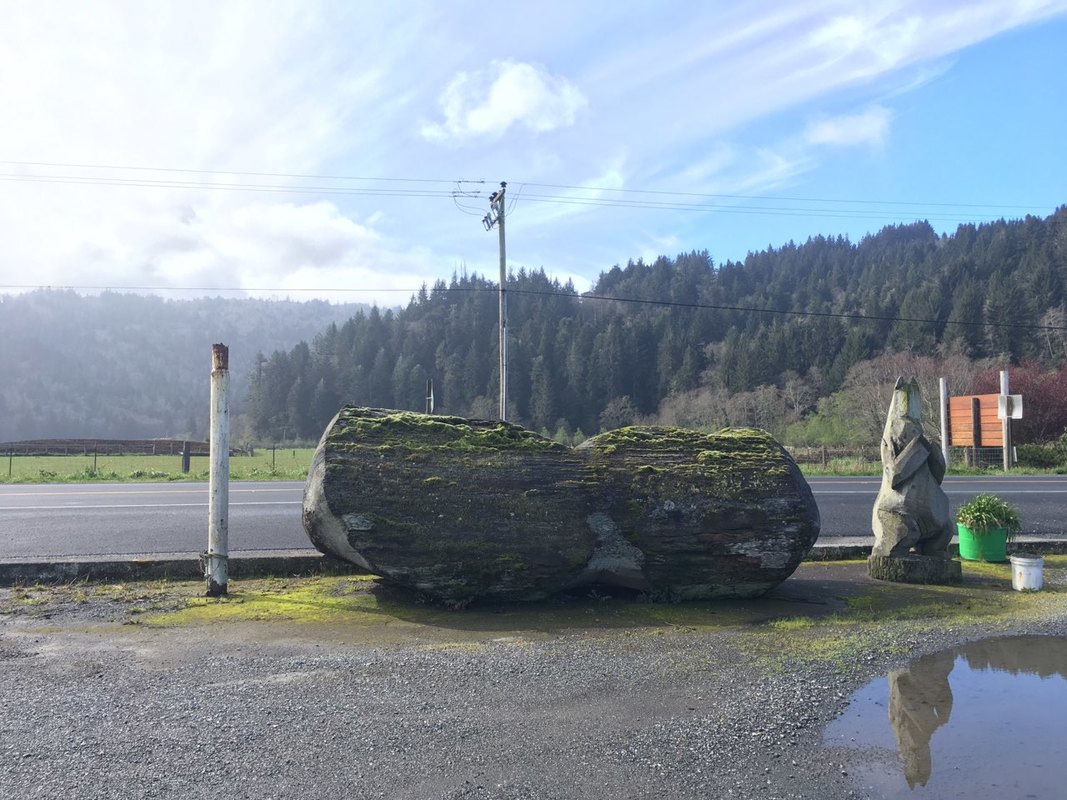
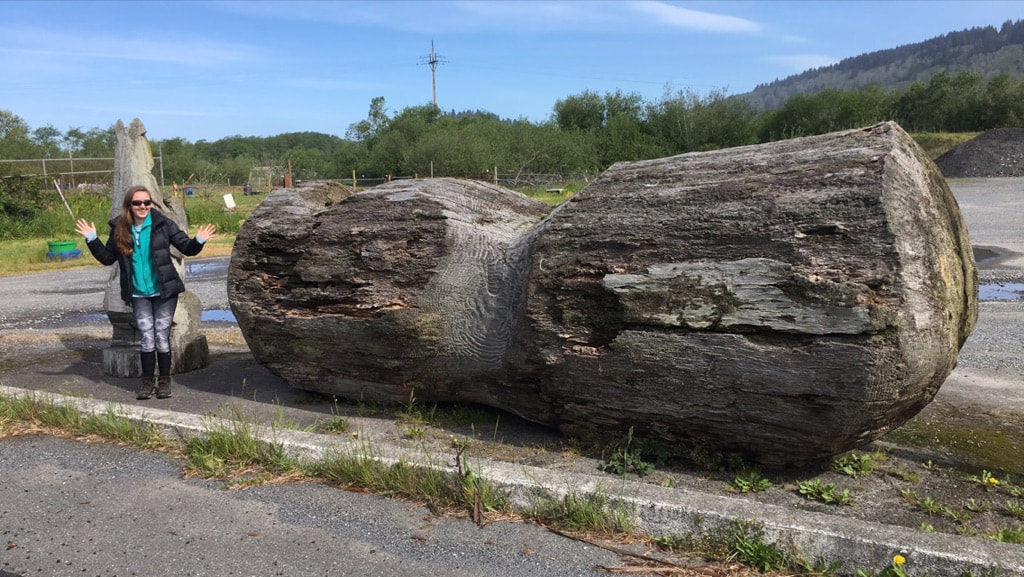
 RSS Feed
RSS Feed